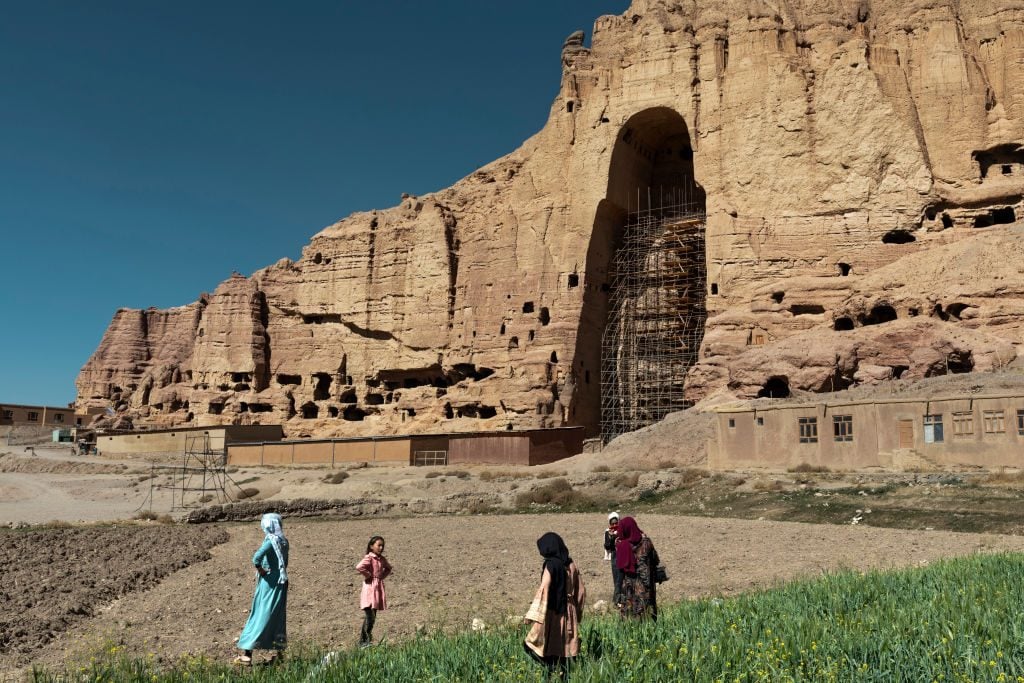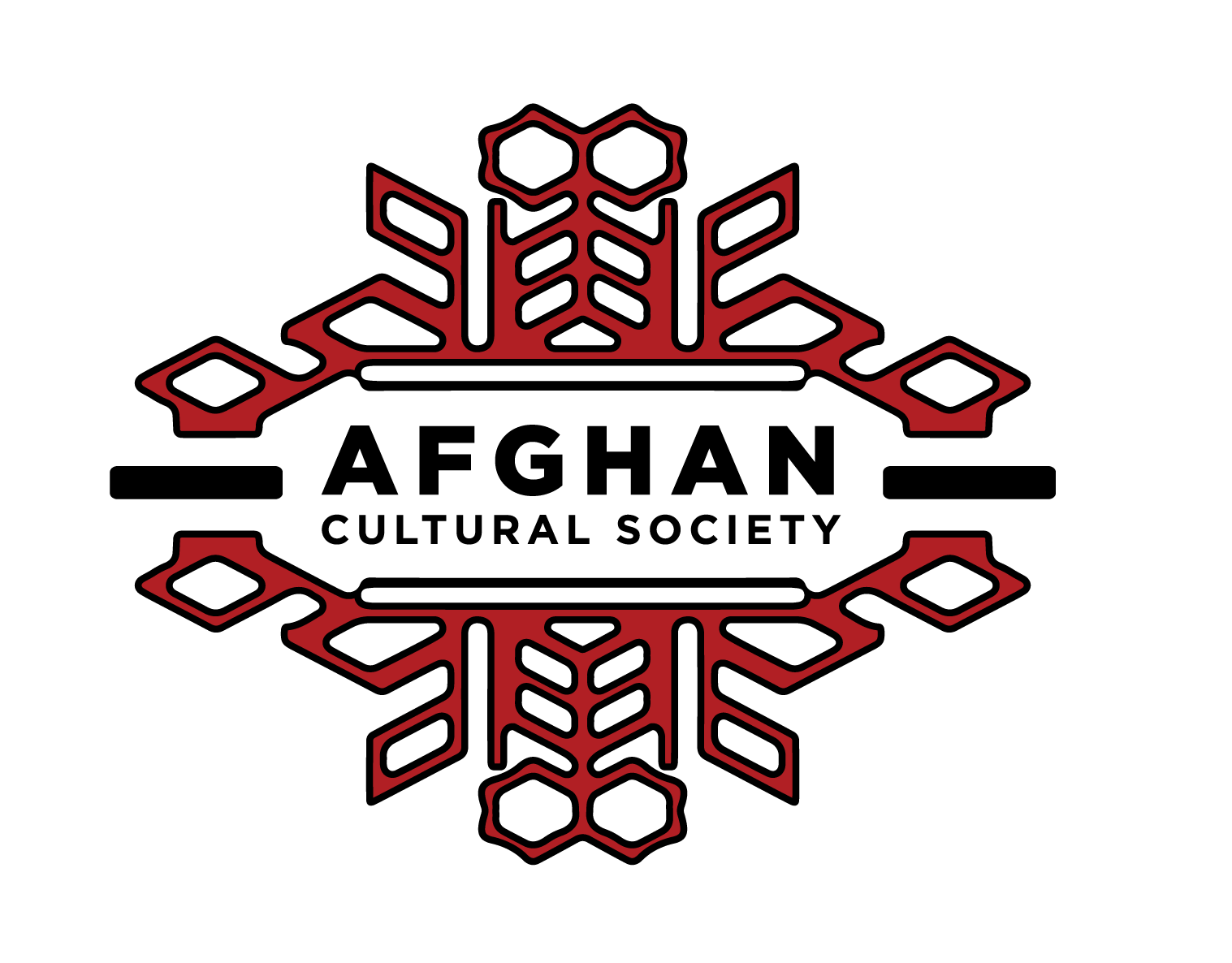Afghanistan, Treasure Trove of Ethnicities: The Hazaras
Published on Tuesday, February 11th, 2025
Written by Rahim Rostayee

Introduction
One of Afghanistan’s largest ethnic groups is the Hazara. The Hazara predominantly inhabit the central regions of the country. This ethnic group differs significantly from other Afghan groups in terms of population, living conditions, history, and culture. The mountainous, cold, and harsh terrain where most Hazara reside is commonly referred
to as the ‘Hazarajat,’ also known as the ‘central regions.’
The study of Hazara history and culture is of paramount importance for several reasons:
1. The Hazara are one of the four major ethnic groups in Afghanistan.
2. The Hazara inhabit regions often referred to as the “heart of Afghanistan.”
3. The Hazara homeland is surrounded by towering, harsh, and cold mountains such as Baba and Hindu Kush, making life in the Hazarajat extremely challenging.
4. The Hazarajat is considered the lifeblood of Afghanistan as its mountains are the country’s largest water reserves, giving rise to major rivers like the Hari Rud, Helmand, and Kabul, as well as stunning lakes like Band-e Amir.
5. The Hazarajat is rich in vast mineral deposits, including iron, copper, sulfur, coal, gold, and precious stones.
6. The presence of rare and endangered animals, birds, and medicinal plants further enhances the importance of the Hazarajat.
7. Thousands of historical sites and artifacts, such as the Buddhas of Bamiyan, the cities of Ghalghala and Zhahak, the Foladi Valley, Band-e Amir, and numerous ancient caves throughout the central regions—like the Migan Cave in Waras, Kharak Cave in Daikundi, and Pasruya Cave in Yakawlang—elevate the region’s cultural and civilizational status and have given Afghanistan a special place on the international stage.
8. With abundant pastures and grazing lands, the mountains of the Hazarajat have played and continue to play a major role in the development of livestock farming and the country’s economy.
10. Militarily, the mountains of the Hazarajat have served as a great, impregnable fortress against any foreign invasion. Historical experiences have shown that the armies of Genghis Khan and Alexander the Great suffered several historic defeats in these foothills.
11. The Hazara, particularly those in the central regions, have been subjected to invasions by foreign armies and oppressive Afghan rulers throughout history, facing persecution, discrimination, and mass killings. According to historical records, Abdur Rahman alone annihilated more than 62% of the Hazara population, forcing them into exile, enslavement, and displacement to other lands.
Given the aforementioned points, it is imperative to study this ethnic group more accurately and in-depth. This article attempts to provide brief answers to the following questions: 1) What does Hazara mean and what is its historical origin? 2) Why are the Hazaras called Hazara? 3) What is the racial and ethnic origin of the Hazara? 4) Where
do the Hazara live and what is their geographical location? 5) What is the estimated population of the Hazara? 6) What is the social and cultural structure of the Hazara?
The Concepts of Hazara and Hazarajat
Hazara: The word “Hazara” in Persian is used both as a noun and an adjective. As a
noun, “Hazara” refers to a specific ethnic group residing in Afghanistan. As an adjective,
it is used to describe anything that is in thousands, such as a thousand years, a thousand troops, a thousand valleys, and so on. In this context, we are referring to the Hazara people.
Hazarajat: The Heartland of the Hazara
The term “Hazarajat” refers to the central regions of Afghanistan, almost entirely populated by the Hazara people. Musavi writes, “In ancient times, dating back to 2300 years ago, these regions were probably known by different names, the first of which was ‘Barbaristan’ and then ‘Gharjistan’.” (Mousavi, 1379: 73)1 Mitland also notes, “The previous inhabitants of this land were called ‘Barbar’ and were of Iranian origin. If they were alive today, they would be called Tajiks. It is said that the word ‘Barbar’ is an Arabic word for ‘mountaineer’.” (P. J. Maitland, 1376: 23-24)2 Another name for Hazarajat is “Hazarastan” Some believe “Hazarastan” is the correct term and “Hazarajat” is incorrect.
Citations:
1. Mousavi, Seyed Askar. (1379). The Hazaras of Afghanistan: History, Culture, Economy, and Politics. Translated by Assadollah Shafaei. First Edition. Tehran: Noghreh Simorgh Cultural Institute.
2. P. J. Maitland (1376). Research on the Hazara and Hazarajat (Report of the Afghan-British Boundary Commission in 1878-1889). Translated by Mohammad Akram Gizabi. First Edition. Qom: Afghanistan Writers Cultural Center.”
